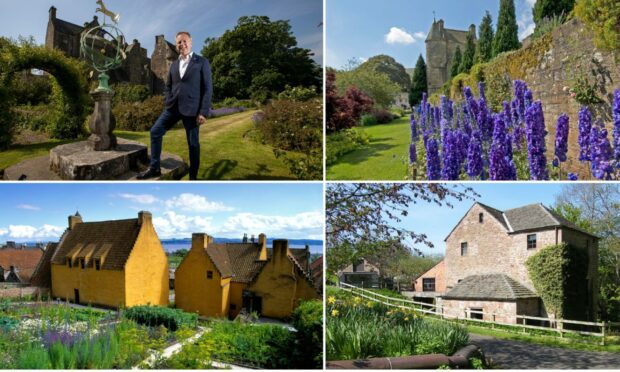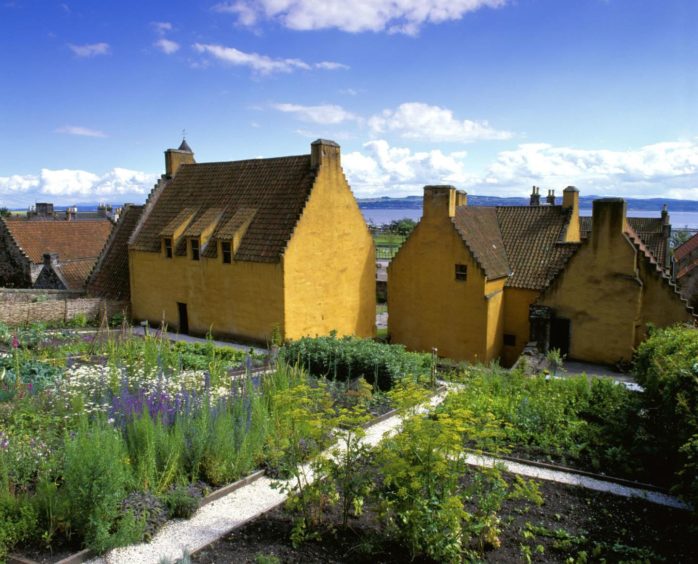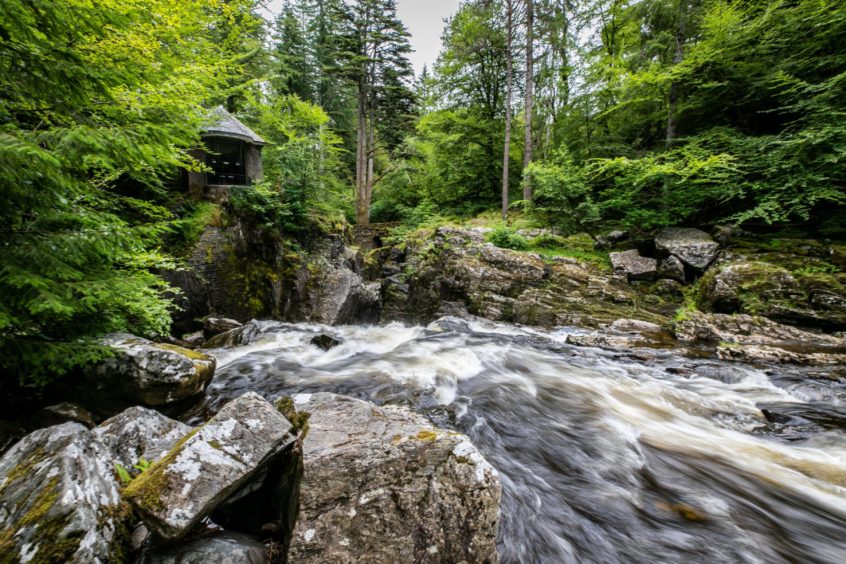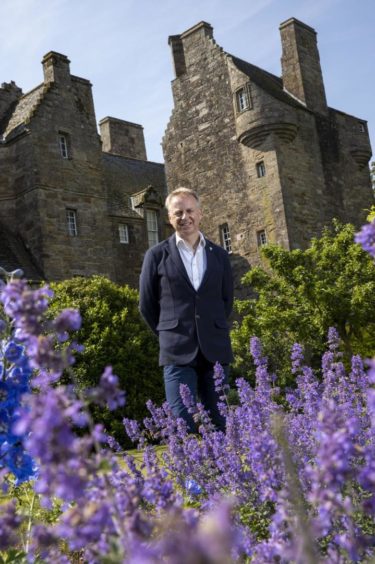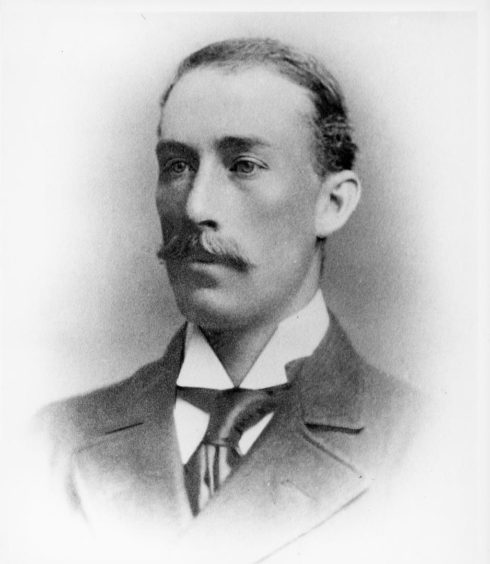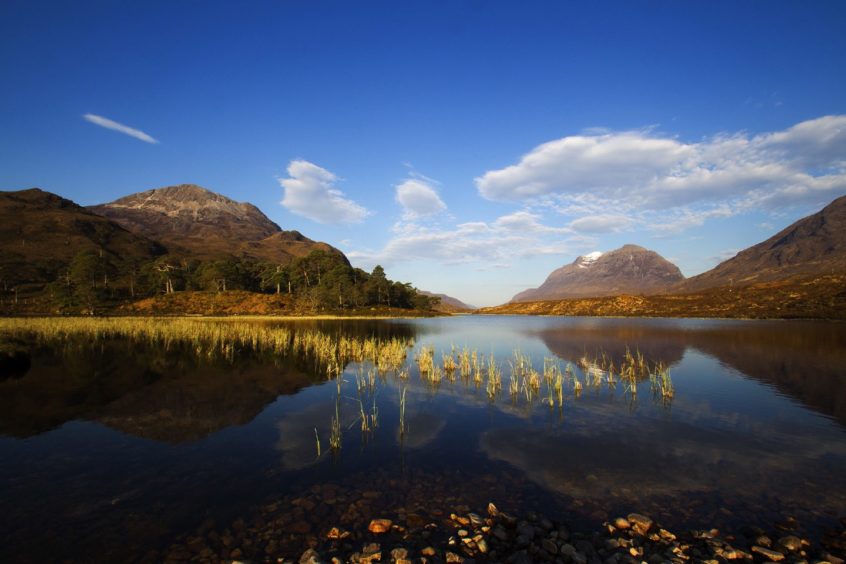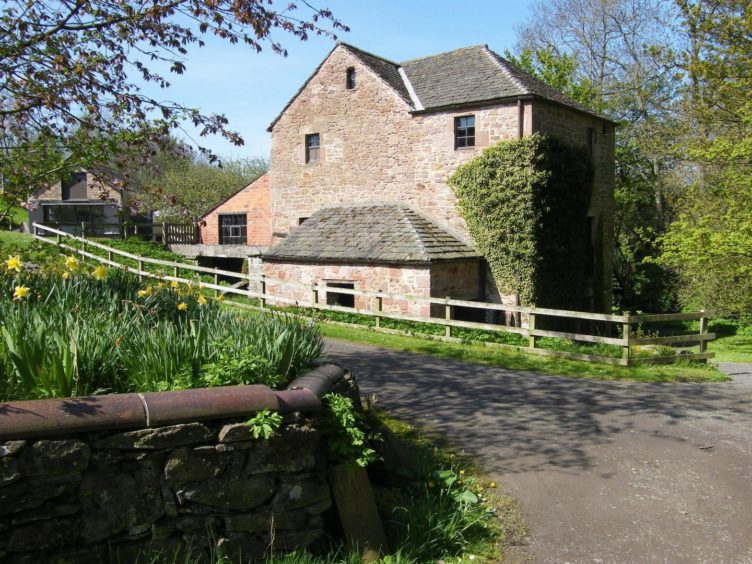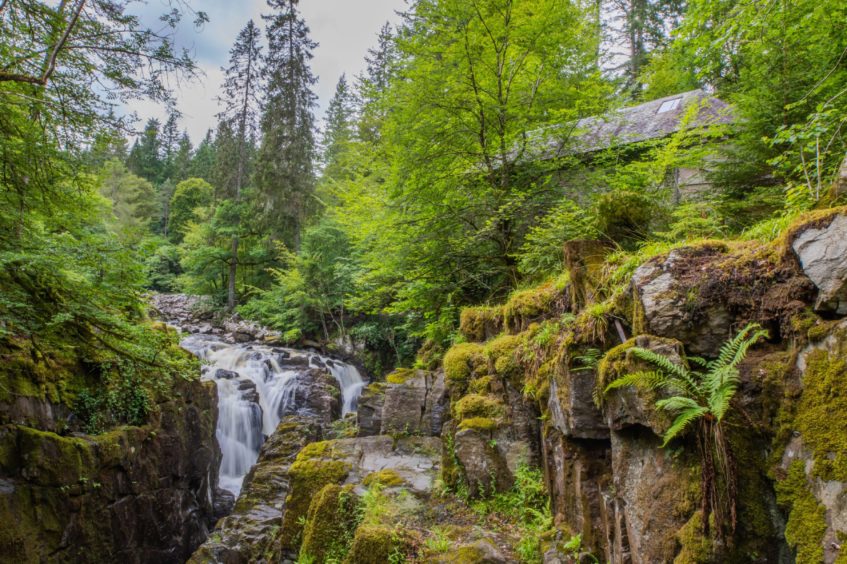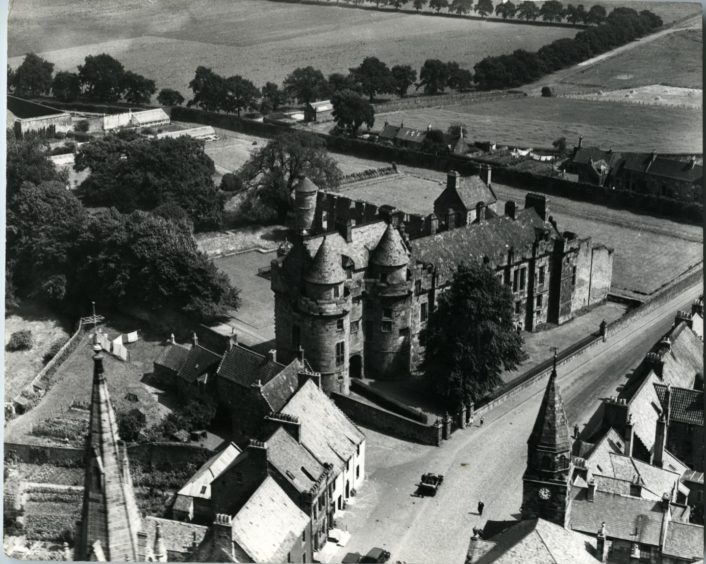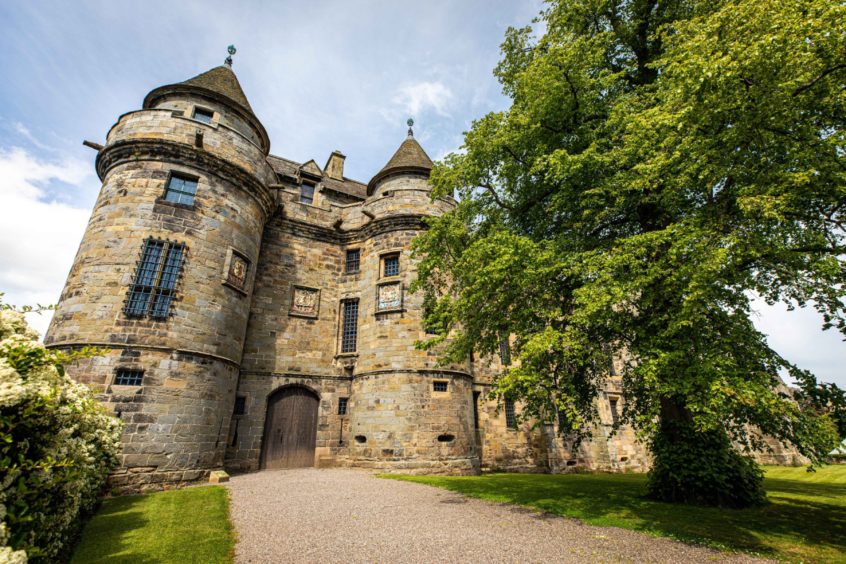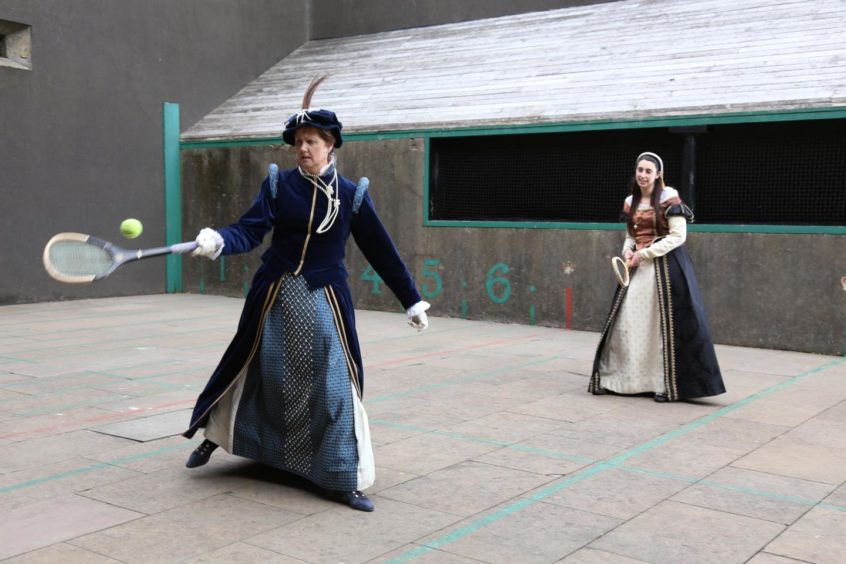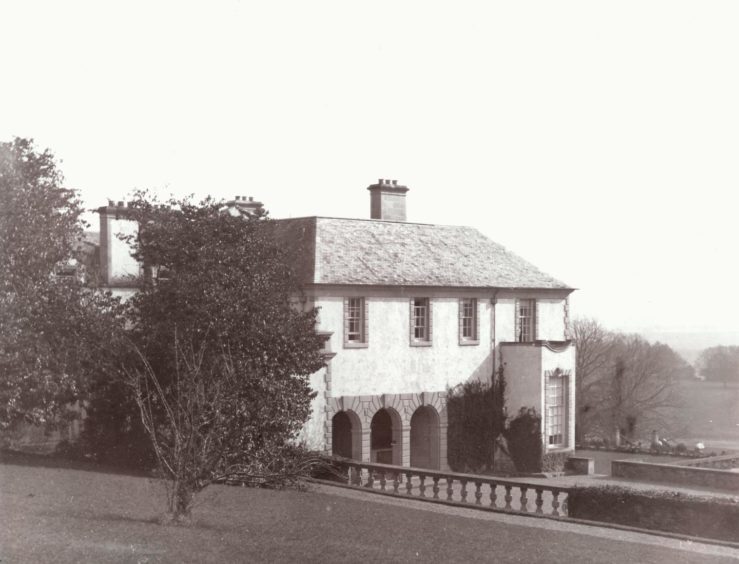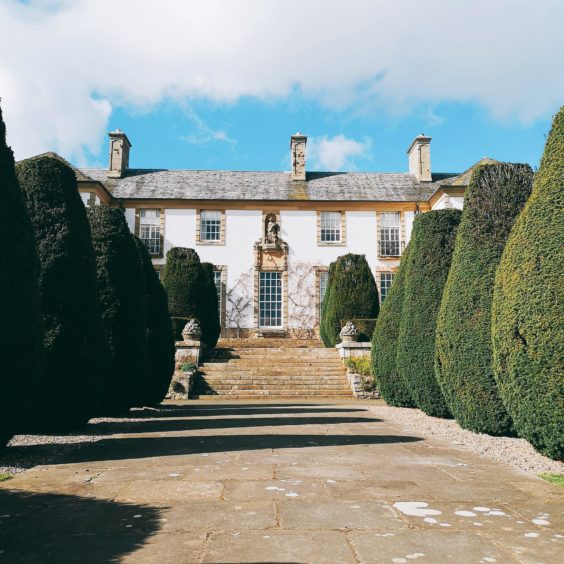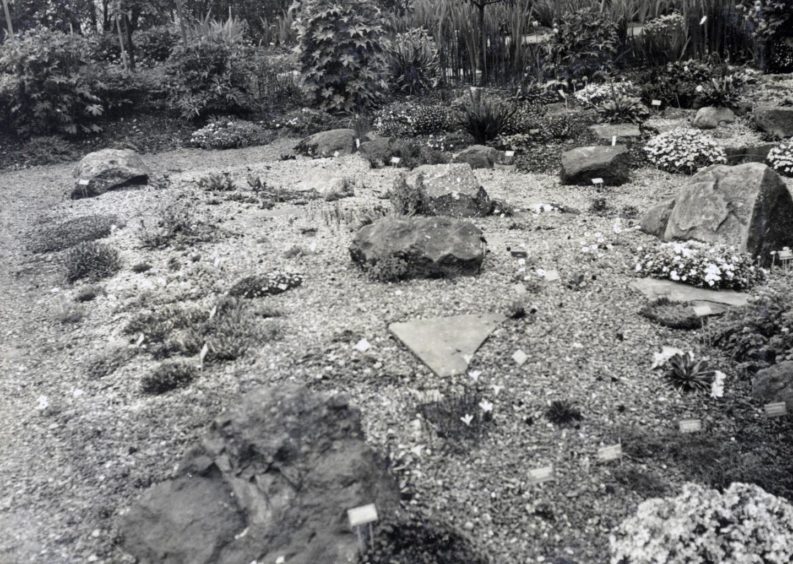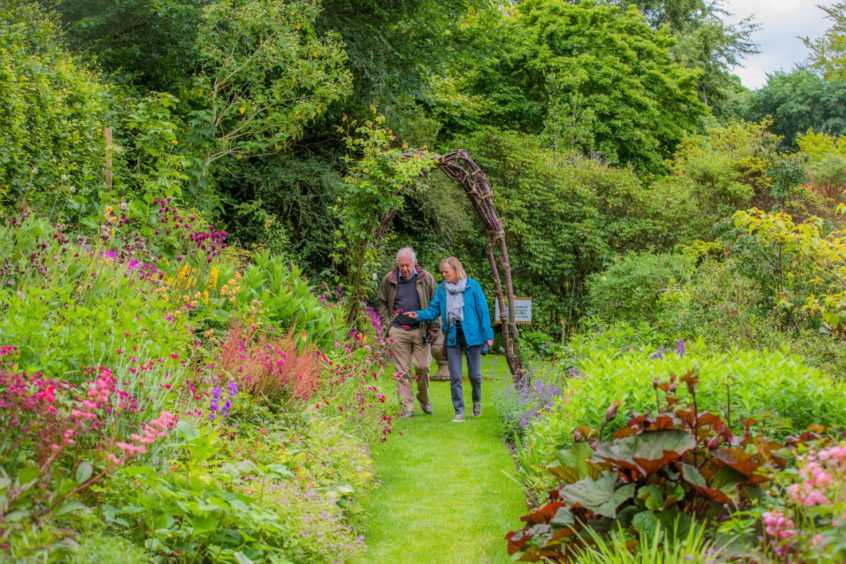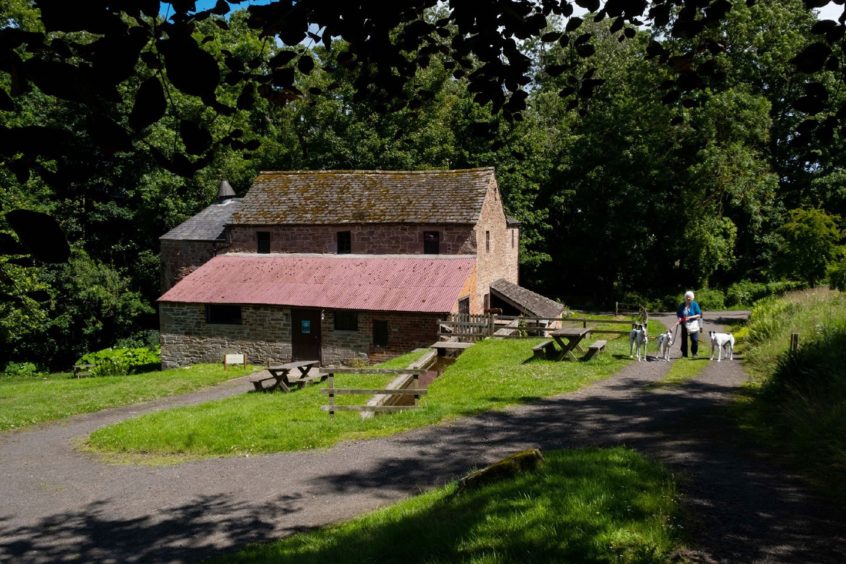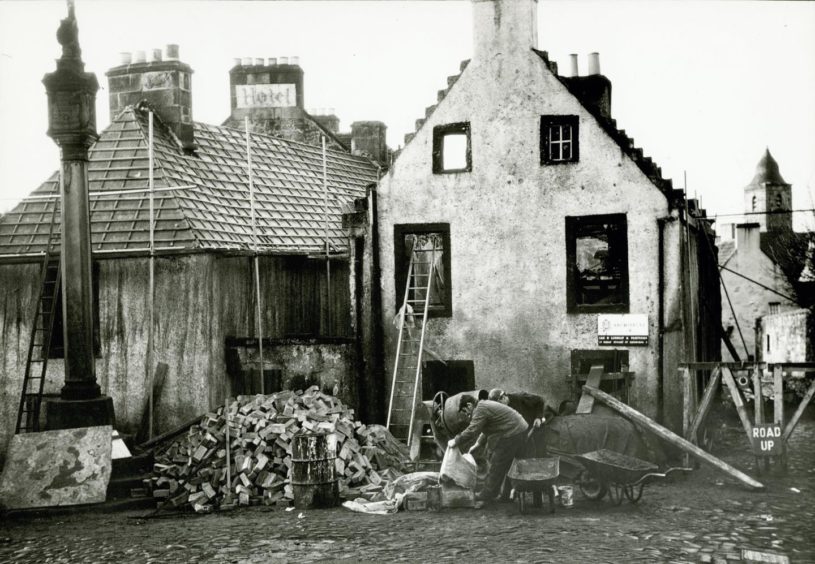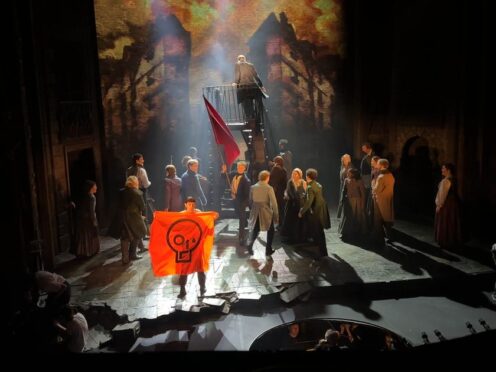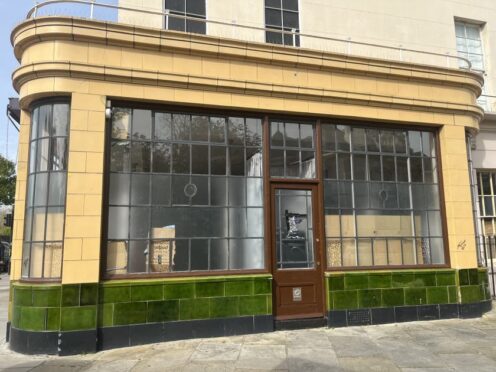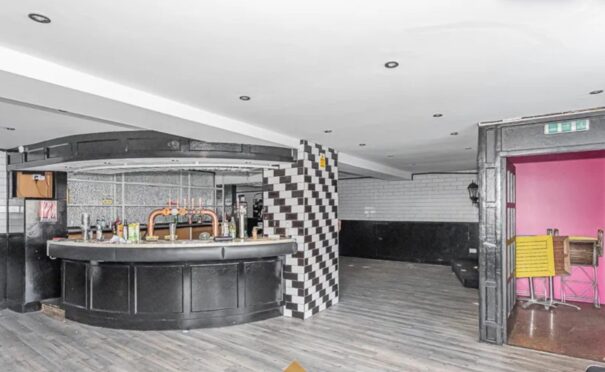As the National Trust for Scotland marks its 90th anniversary, Gayle Ritchie finds out about its ‘timeless mission’ to conserve, protect and make properties accessible for all.
Castles, stately homes, battlefields, gardens, glens, islands and wildlife – when it comes to historic places, we’re spoiled for choice in Scotland.
As we start to move around the country more freely, many of us will enjoy exploring the vast array of treasures held under the ownership of the National Trust for Scotland.
In Angus, there’s Barry Mill, House of Dun and JM Barrie’s Birthplace in Angus.
In Perthshire, NTS sites include The Hermitage, Branklyn Gardens, the site of the Battle of Killiecrankie and Ben Lawers National Nature Reserve.
Heading into Fife, there’s the village of Culross with its ochre-coloured palace, Kellie Castle and garden, Hill of Tarvit mansion, and Falkland Palace, home to one of Britain’s oldest tennis courts.
Since launching in 1931, the NTS has worked its magic to ensure an impressive selection of the country’s special places are preserved and protected, and open to be seen and enjoyed by everyone.
It’s saved many historic structures under threat, pumping in cash to restore and repair them, and making access easy and affordable.
Anyone who has been to The Hermitage and enjoyed gazing down into the deep, foaming pools of the Black Linn falls from Ossian’s Hall, a folly built in 1757, would do well to appreciate that, had it not been for the NTS, this curious structure might have been demolished. Which is unthinkable.
As the NTS celebrates its 90th anniversary chief executive Philip Long appreciates that many of us simply take the charity for granted.
Philip, who is celebrating a year in the role, says this is something we should be “be glad about”.
“Over its 90-year history, the trust has become such an important, familiar, established part of Scotland, and the way we care for Scotland,” he reflects.
“It’s not always recognised just how important it is in caring for such vital parts of Scotland’s amazing heritage, whether it’s our landscape, buildings or many other things.”
When Philip stepped into the role in the height of the pandemic, he saw an organisation facing a critical position in its history – “probably the most critical in all of its history”.
There were fears NTS membership would fall with the closure of properties, but rather, numbers stayed pretty much the same (there are just over 300,000 members).
“We’re heartened and humbled by the fact people kept their membership and are renewing this year as the NTS reopens properties for business,” says Philip.
“Last year helped people understand that the things around us, which we take for granted, can be threatened.”
“We’re heartened and humbled by the fact people kept their membership and are renewing this year as the NTS reopens properties for business.”
Philip Long
At the NTS’s first annual general meeting in 1932, Sir John Stirling Maxwell, a prime mover behind the establishment of the trust, described it as “a cabinet into which it can put some of its valuable things, where they will be perfectly safe for all time, and where they are open to be seen and enjoyed by everyone”. His words ring true today.
But, says Philip, it’s not a “closed cabinet” and it’s important that while the NTS cares for properties, they are accessible to all, including those which may once have been in private ownership.
One of the earliest properties acquired by the NTS in 1931 was the burgh of Culross in Fife.
“Since then, the trust has been progressively taking into its ownership properties across Scotland, from Fair Isle in the far north to natural areas like Grey Mare’s Tail nature reserve and Hornell’s home in the south-west,” says Philip.
“From east to west, there’s everything from the wonderful castles we’re responsible for in Aberdeenshire and special houses like the House of Dun in Angus to St Kilda, acquired by the trust in the 1950s.
“People often have the perception the trust is only responsible for historic houses but we’re responsible for much more than that. Everything from Robert Smail’s Printing Works in Innerleithen to places like Torridon and Kintail.”
As it marks 90 years, Philip says the NTS is already looking forward to its centenary year in 2031.
“We’ve been consulting with members and others more widely to ask: ‘What sort of trust do we want to look back on?’ What would we be proud to have achieved?
“We need to take into account everything that has happened in the world in the last year or so, a world that’s been turned upside down, and a world which is understanding more and more the importance of nature and what we need to do to preserve our natural environment.
“A world which understands the effects of changing climate and the threat to our natural and built heritage and our wider livelihoods if we don’t act to address the climate crisis.”
Looking ahead, there are plans to expand the trust’s remit.
While its estate is very diverse, Philip believes there are areas in which it is lacking.
“If the trust is to more broadly represent our diverse culture, we need to look at our representation of 20th-Century property, which is almost non-existent other than Hill House in Helensburgh,” he says.
“Our representation of industrial heritage is also very modest, with places like Barry Mill in Angus and Smail’s in Innerleithen.
“Another area is our sporting heritage. We have the world’s earliest tennis court at Falkland in Fife but nothing really beyond that.”
Philip says the trust has a “timeless mission” – the care and conservation of properties, taking those which might be under threat into its ownership and making them accessible, and ensuring inspirational visitor experiences.
Not sure where to begin when it comes to exploring NTS properties? Here are some to inspire you . . .
The Hermitage, Perthshire
A spellbinding spot with waterfall, folly and hermit’s cave on the banks of the River Braan in Perthshire, The Hermitage was designed as a pleasure ground in the 18th Century for the Dukes of Atholl.
The paths around the magical forest have been walked by everyone from Queen Victoria to William Wordsworth, JMW Turner and Felix Mendelssohn.
A must-visit is Ossian’s Hall, a folly built in the 18th Century with sliding panels, a secret handle and mirrored artwork, boasting magnificent views over the roaring Black Linn Falls where the Braan crashes down into pools below.
The hall was partly blown up by gunpowder in 1869, believed to be in protest against toll charges on the bridge at Dunkeld levied by the Duke of Atholl.
By the early 20th Century the hall was derelict. The Hermitage was given to the NTS in 1944 by the 8th Duchess of Atholl and in 1951, the trust salvaged the historic hall.
Louise Medine, north Perthshire visitor services supervisor for the NTS, reckons one of The Hermitage’s highlights is the “cathedral” of Douglas firs.
“The designed landscape has evolved over the centuries to the mixed woodland we see today,” she says.
“Apparently when Wordsworth visited Ossian’s Hall, aka the ‘hall of mirrors’, with his sister Dorothy, he found the experience so far from delightful that he wrote an entire poem about it filled with horrified fascination! Dorothy, meanwhile, found it dazzling, strange, fantastic and uneasy!
“The hall was saved from demolition when the trust saved it and brought it back to life.
“Its refurbishment in 2007 was a major project but more recently the Hermitage has been included in an NTS-wide project to eradicate non-native invasive species such as Rhododendron ponticum. The trust maintains the site so it’s is safe for users and we have conservation volunteers who help us on projects.”
Falkland Palace, Fife
The retreat of the Stewart monarchy and favoured place of Mary Queen of Scots, Falkland Palace became a royal hunting lodge in the mid 15th Century, after which James IV and his son James V set about rebuilding it using the latest styles influenced by French architecture.
James V’s second wife, Marie of Guise, was a key player in the rebuilding, and continued the work after her husband’s death in 1542.
Sadly the palace fell into disrepair during the 18th and early 19th Centuries but was rescued from complete oblivion first by the Tyndall Bruce family and later by the third Marquess of Bute, who restored many of the interiors.
“Today visitors can see the original Chapel Royal, a survivor from the Stewart period, and the Real Tennis Court, set in nine acres of beautiful gardens and orchards,” says Wendy Purvis, NTS operations manager in Fife.
“It’s still a family home, as the palace has had a keeper throughout its history and the present keeper, a descendant of the Third Marquess, lives here today.”
Recently, more rooms inside the palace opened to the public, including the Apothecary.
“Inspired by TV series Outlander, which was filmed in the palace, this new room opened showing how medicine was created and used during the medieval period,” explains Wendy.
“Outside, we’ve done lots of work to make us more wildlife-friendly, with the creation of wildflower meadows, insect-friendly planting, and bee hives.
“We employ staff whose role is to help care for the buildings, the collections and of course the outdoors. “Whether that’s tackling moth infestations, or ensuring the long-term survival of rare plant species, it’s all in a day’s work for us.
“We have a great team of volunteers, and visitors who buy things from the gift shop or become members help fund essential work.”
Hill of Tarvit, Fife
Downton Abbey fans need look no further than Fife to find this fabulous example of Edwardian stately living… although Hill of Tarvit was originally known as Wemyss Hall.
In 1904, new owner Frederick Sharp commissioned architect Robert Lorimer to transform the 17th-Century house into a modern 20th-Century mansion to display his amazing collection of fine art, porcelain and other items.
When the Sharp family moved in, they had electricity, telephones connecting each room and central heating.
Frederick was a very keen golfer and had his own nine-hole course built on the estate.
He and his wife Beatrice had two children, Hugh and Elisabeth.
“Hugh was a great adventurer, golfer and a distinguished soldier in the First World War,” says Wendy.
“However, just before he married, he was killed in the Castle Carey train crash in 1939.
“Elisabeth never married and died in 1949 leaving the house, estate and most of its interiors to the NTS.”
Tarvit is doing its bit to increase biodiversity with different mowing regimes allowing wildflowers to thrive. Meanwhile, anyone can book a round of hickory golf, using original hickory clubs and replica balls.
Some quirky facts? Hill of Tarvit has three taps in each kitchen sink – a hot, cold and a third for rain water collected and stored on the estate.
If you stand in a certain spot in Beatrice Sharp’s Bedroom, you can hear an echo of your own voice.
Branklyn Gardens, Perth
This peaceful haven, on the side of Kinnoull Hill overlooking Perth, was created by John and Dorothy Renton in the early 1920s.
The couple were keen to have a garden featuring rare and unusual plants and flowers from all over the world and planted seeds collected by renowned plant hunters, including George Forrest and Frank Ludlow.
Today, gardeners and botanists flock to admire Branklyn’s outstanding collection, including rhododendrons, alpines and peat-garden plants.
The NTS acquired the property in 1968 and in 2017, the garden was taken on by another couple with an impressive pedigree in horticulture, Jim and Alison Jermyn. Their first task was to install a tea room.
“This has proved a popular addition providing a ‘total’ Branklyn experience for visitors,” says Jim. “The property and garden was developed from 1922 onwards and we celebrate our centenary in 2022.
“Through our Lord Lieutenant the NTS has invited our patron Prince Charles to visit in May, although we await confirmation.”
Jim says his job, as property manager and head gardener, is to “maintain the legacy of Mr and Mrs Renton”.
Barry Mill, Angus
It was once the beating heart of a rural community – supplying food, providing a place for trade and gossip, and witnessing the transition from a rural to an industrial society.
The water-powered mill produced oatmeal and other foods, as well as providing work for local people, for almost 800 years – until 1982.
Barry Mill is now one of only a handful of mills powered by water. Rebuilt after a fire around 1814, it is probably the largest and finest example of its type still in operation.
“From exploring the area’s industrial heritage at Barry Mill to learning about its literary lineage at the place where JM Barrie was born, there is so much to love in Angus,” says Iain Hawkins, NTS’s general manager for the north-east.
“We’re very proud of the part the Trust plays in protecting these much-loved places.”
- While the NTS has had to rethink many activities planned around its 90th anniversary, it’s offering all members a piece of cake. nts.org.uk
